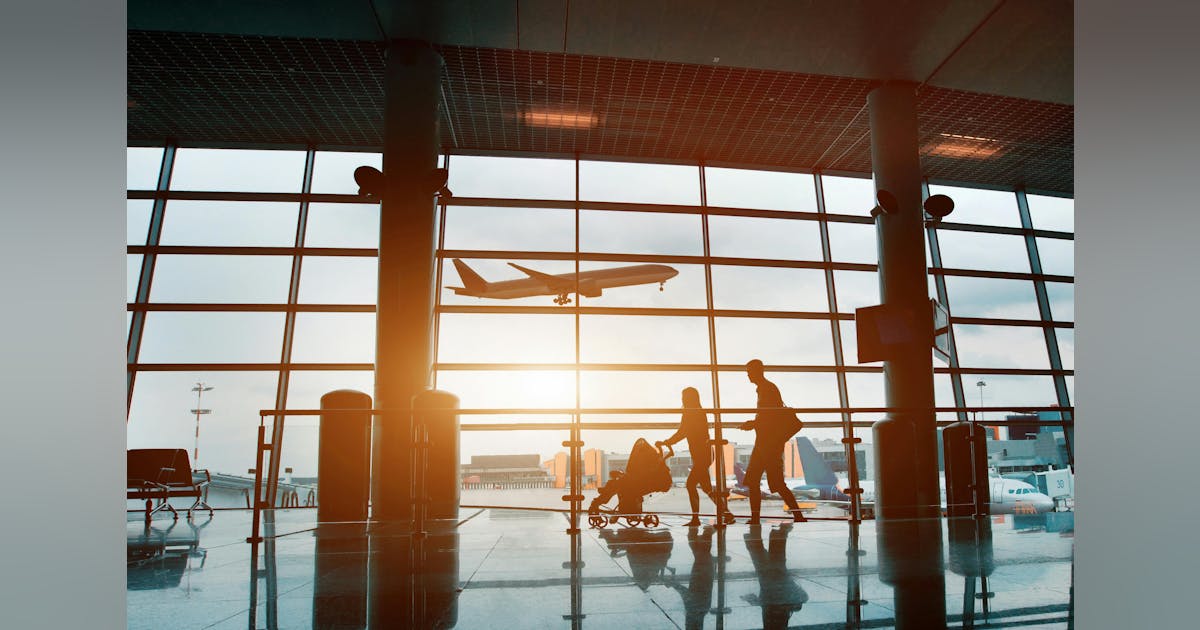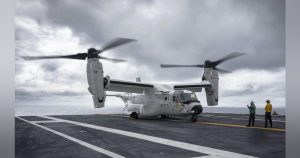SITA Highlights Cybersecurity as a Key Concern for Airports and Airlines
In a significant revelation, SITA’s latest report indicates that airlines and airports are set to amp up their investment in cybersecurity, biometrics, and sustainable technology in response to escalating digital threats coupled with a surge in passenger numbers. According to the Air Transport IT Insights report published in 2024, 74% of airlines and 72% of airports plan to increase their IT budgets in the next two years. This follows a notable increase in 2024, with IT expenditure reaching approximately $37 billion for airlines and nearly $9 billion for airports.
Cybersecurity is of paramount importance, with 66% of airlines and 73% of airports designating it as one of their top three priorities. A substantial number of these entities are investing in IT infrastructure upgrades, transitioning to cloud-based systems, and bolstering data protection measures to combat growing cyber threats, which are becoming increasingly sophisticated. Moreover, advancements in biometric and artificial intelligence (AI) technologies are contributing to better passenger experiences and enhancing operational efficiency.
David Lavorel, CEO of SITA, remarked, “This year’s findings highlight a pivotal moment for the aviation industry. As cyber threats evolve, both airlines and airports are taking proactive measures to safeguard their operations and their passengers. Additionally, biometrics and AI technologies are revolutionizing the travel experience, enabling the industry to handle increasing demand while building future resilience.” The full report can be accessed here: SITA Air Transport IT Insights 2024.
Focus on Biometrics and AI Technologies
Biometric technology is on the rise in passenger processing, with more than half of the airports expecting to implement biometric check-in and bag drop solutions by 2026. Similarly, 70% of airlines anticipate adopting biometric identity management systems during the same time frame, which could significantly alleviate congestion and reduce waiting times by as much as 60%.
Airlines and airports are also capitalizing on AI and data analytics to boost operational efficiencies. Currently, 90% of airlines are using data platforms, and 42% are delving into AI-driven data organization tools. These AI applications help airlines improve flight operations, customer service, and fuel efficiency, while airports utilize predictive analytics for real-time decision-making and managing passenger flow.
Lavorel added, “The air transport industry creates vast amounts of data, yet a substantial portion remains untapped. AI and machine learning enable us to make significant strides in enhancing efficiency, sustainability, security, and cost-effectiveness while simultaneously improving the passenger experience.”
Sustainability Efforts on the Rise
As the industry aspires to achieve net-zero emissions by 2050, sustainability continues to be a focal point. The report reveals that 75% of airlines are using real-time software for flight optimization and carbon emissions monitoring, with 62% collaborating with Sustainable Aviation Fuel (SAF) suppliers, indicating considerable progress compared to prior years. Airports are also stepping up their sustainability initiatives, as evidenced by a rise to 54% in energy management system implementation, up from 29% in 2023.

About the Author: Jamie Whitney has joined the team at Military & Aerospace Electronics and Intelligent Aerospace, bringing seven years of print newspaper experience to the aerospace and defense electronics sector. He currently oversees editorial content for the Intelligent Aerospace website and contributes news and features for Military & Aerospace Electronics.
Read the original article for more insights: Original Article













